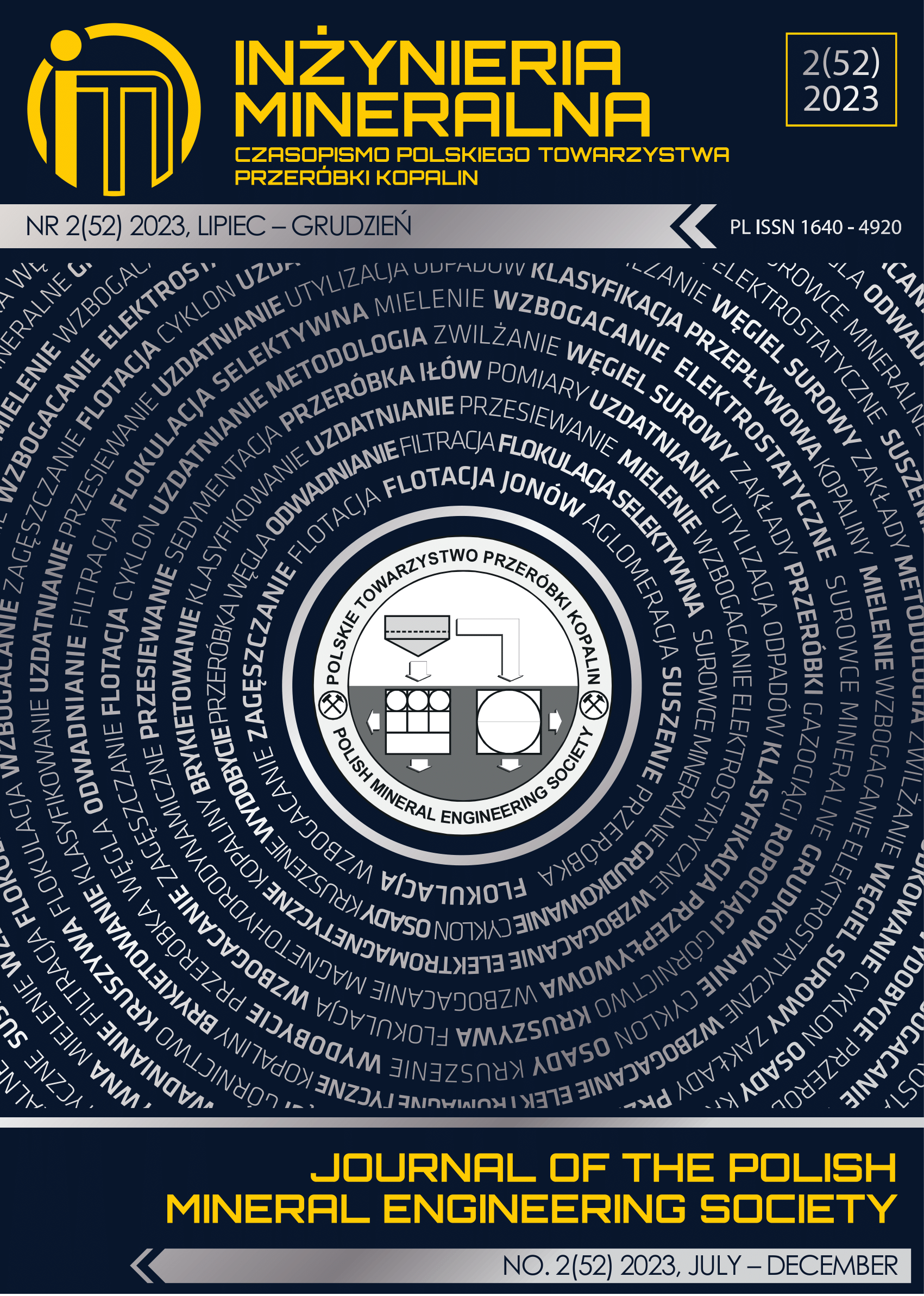Gas Hydrate Detection Based on High Resolution Seismic Data in the Southeastern Offshore of Vietnam
Abstract
Gas hydrates are the accumulations of methane (natural gas) trapped in ice-like structures with water. Gas hydrates represent an immense
energy resource underlying large portions of the world’s marine continental shelves. Vietnam has a large continental shelf area, in the deep
water zone with suitable low temperatures and high pressure, which is suitable for the formation and existence of potential energy source
of Gas Hydrate (GH).
The application of High-Resolution Seismic method (HRS) plays an important role in exploring for Gas Hydrate. The enhancement of
HRS research such as optimal short - reception conditions and advanced data processing suitable for Gas Hydrate in shallow layers below
the seafloor, allows for determining the geological factors related to Gas Hydrate’s existence in the deep water area. Advancements in data
processing technology, such as noise filters (Radon, F-K, SRMA, Tau-P..), seismic attributes analysis, seismic migration, AVO, seismic
inversion, pre-stack seismic data and AI technology … allow to identify of the signs of Gas Hydrate presence, such as Bottom Simulated
Reflector (BSR), Gas Hydrate Stability Zone (GHSZ), Pockmark, Chimney, etc.
This paper presents some of the results obtained from applying High-Resolution Seismic method to predict the distribution of Gas hydrate
in the Southeastern offshore of Vietnam.
Copyright (c) 2023 Thanh TAN Mai,Thanh HA Mai,Quoc HUY Nguyen,Nhu TRUNG Nguyen

This work is licensed under a Creative Commons Attribution-ShareAlike 4.0 International License.
This journal permits and encourages authors to post items submitted to the journal on personal websites or institutional repositories both prior to and after publication, while providing bibliographic details that credit, if applicable, its publication in this journal.







.png)
